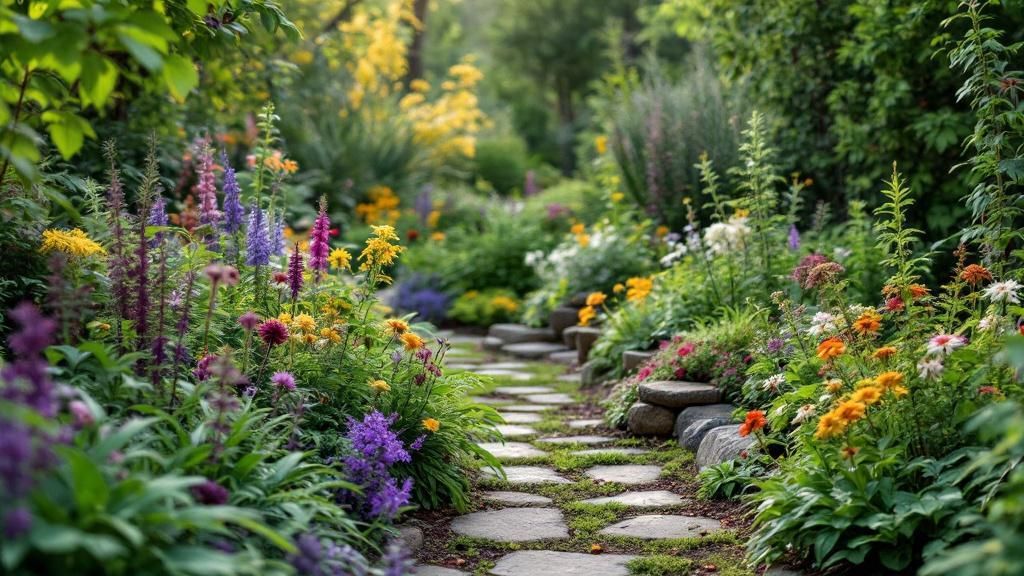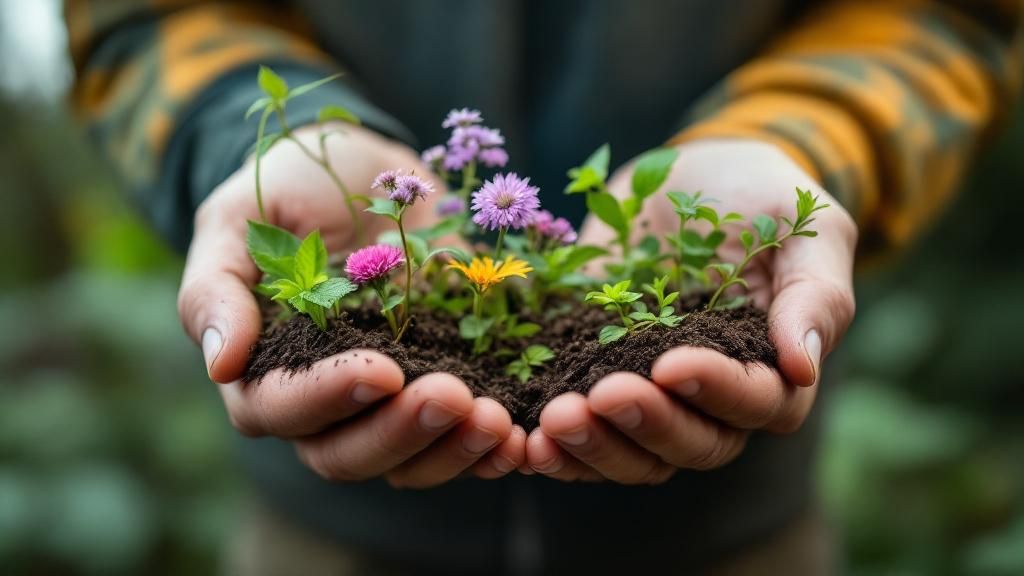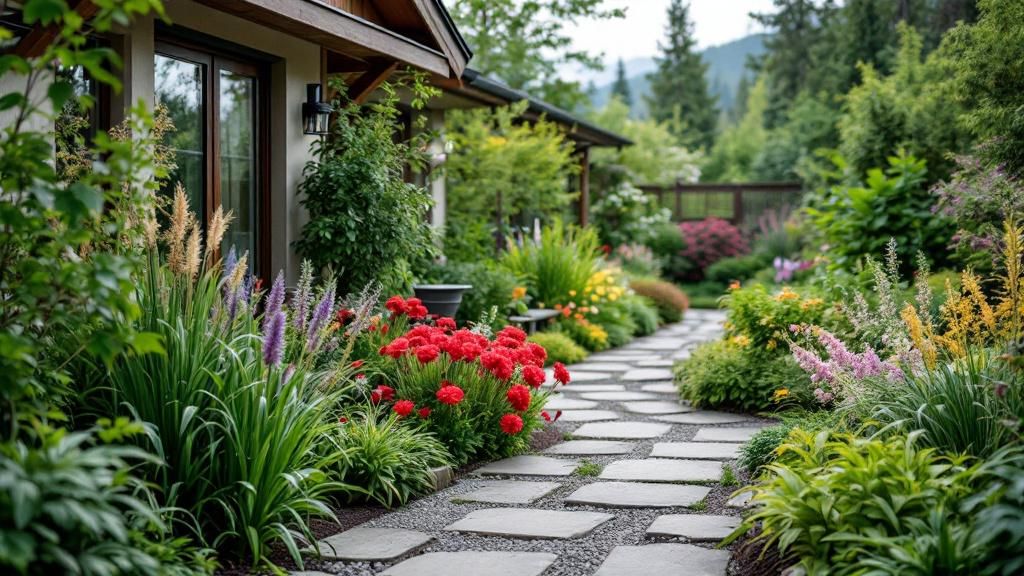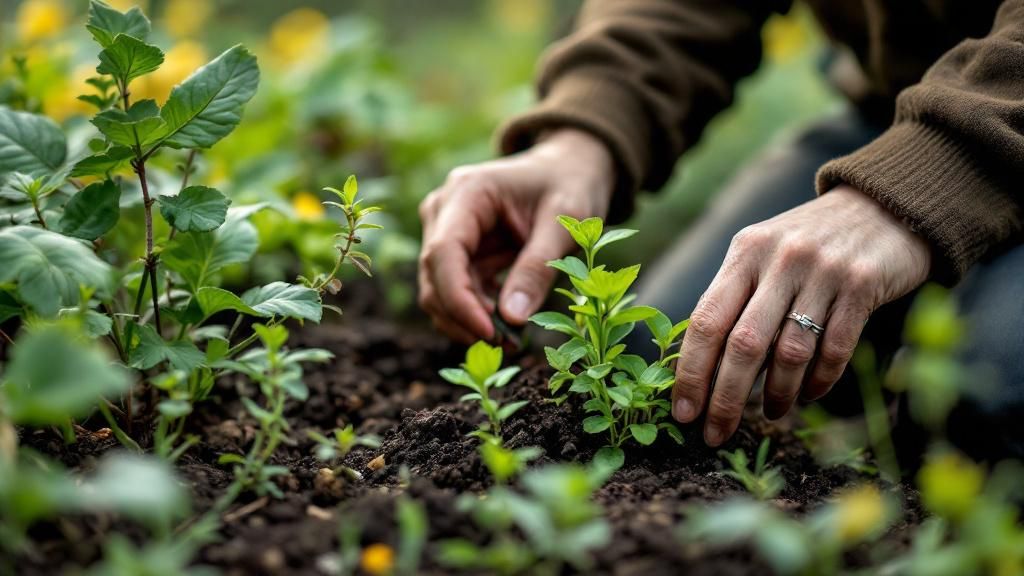
Selecting Native Plants for Sustainable Gardens
-
Native plants are naturally adapted to Alaska’s climate and require minimal upkeep.
-
These species support biodiversity and reduce reliance on chemicals and excess water.
-
Sustainable gardening using native plants helps prevent erosion and supports pollinators.
-
Choosing region-specific plants makes gardens more resilient to Anchorage’s harsh winters.
-
Landscaping with native plants enhances natural beauty while protecting local ecosystems.
Gardening in Anchorage isn’t about forcing things to grow—it’s about working with nature. That’s where native plants come in. They thrive where others struggle, providing beauty and function without needing constant maintenance. Whether you’re updating your home garden or planning a commercial project, choosing local plants is one of the smartest ways to build a landscape that lasts through Alaska’s unique seasons. Let’s explore why native plants are the future of sustainable gardening in Anchorage.
Understanding Native vs. Non-Native Plants
Native plants are species that naturally occur in a region without human introduction. In Alaska, examples include fireweed, crowberry, wild blueberries, and bush cinquefoil. These plants evolved alongside local wildlife and have adapted to the cold, wind, and short growing seasons.
Non-native (or exotic) species, by contrast, are often introduced for their aesthetic value but may require more care, including frequent watering, fertilizers, and pest control. They can also crowd out native species, reducing biodiversity.
Alaska is fortunate to have relatively few invasive plant issues, thanks in part to ongoing conservation efforts. Agencies like the Alaska Exotic Plants Information Clearinghouse (AKEPIC) help track and manage non-native plant threats, especially in urban or disturbed zones.
Why Native Plants Are a Natural Fit for Anchorage Gardens
Some homeowners assume native plants are less appealing or too rugged for residential design. But the truth is, many native species are both functional and beautiful—offering color, structure, and seasonal interest. For example:
-
Goldenrod and wild violets bring color to flower beds.
-
Arnica and aster can be used for natural dyes in craft gardens.
-
Siberian iris and sweet gale thrive as low-maintenance border plants.
Unlike imported species, these plants require less irrigation, fewer soil amendments, and are already acclimated to Anchorage’s freeze-thaw cycles. That means fewer replacements and more consistent landscape performance year after year.

Building Gardens That Reflect Local Ecosystems
Whether you’re planning a residential garden or managing a commercial property, replicating natural conditions is key to success. Look at native habitats around Anchorage: wetlands, boreal forests, and coastal zones all have their own plant combinations and soil types.
Smart gardening with native species involves:
-
Choosing plants based on sunlight, drainage, and elevation
-
Mimicking the soil texture and pH of their native zones
-
Using mulch and windbreaks to protect young plants in exposed areas
While some may argue that modifications like soil additives or landscape fabric help, the best outcomes usually come from matching the plant to the site—not forcing the site to fit the plant.
Native Plants vs. Ornamentals: Finding the Balance
It’s true that non-native plants can offer brilliant flowers or unique shapes not found in local flora. But many native plants offer their own charm and benefits:
-
Less water use
-
Higher wildlife value (especially for birds and pollinators)
-
Stronger disease resistance
That said, a well-balanced garden can include a mix of native and non-native plants, especially if chosen with care. Landscape professionals in Anchorage often recommend blending both types to create visually dynamic, low-maintenance spaces that still support ecological goals.

How to Successfully Grow Native Plants in Anchorage
Here are tips for successfully integrating native plants into your Anchorage landscape:
-
Know your hardiness zone: Anchorage is typically USDA Zone 3 or 4. Choose plants accordingly.
-
Start with young plants: Transplants often establish more quickly than seeds.
-
Water early, not often: Once established, native plants rarely need irrigation.
-
Protect from wind: Use fencing or evergreen windbreaks during winter months.
-
Group by habitat: Plant species with similar soil, sun, and water needs together.
These principles reduce maintenance and align your garden with local environmental rhythms. Many residents also choose native species for erosion control on slopes or areas exposed to runoff.
The Big Picture: Ecological and Cultural Benefits
Native plants don’t just look good—they do good. Historically, indigenous communities in Alaska have used native species for food, medicine, and cultural practices. Today, these plants play a crucial role in:
-
Stabilizing soils and filtering water
-
Providing habitat and food for birds, salmon, and insects
-
Restoring disturbed landscapes from development or erosion
Adding native plants to your yard is a small but meaningful step toward a healthier Anchorage ecosystem. Local professionals, including teams like Titan, offer sustainable landscaping services tailored to the region’s conditions—blending form, function, and environmental responsibility.
Trends in Alaska’s Gardening Scene
Alaska gardeners are increasingly turning to native plants not only for sustainability but also for creativity. From cutting gardens filled with arnica and yarrow to dye gardens using wild iris and aster, the possibilities are growing.
Design trends include:
-
Low-water yards that conserve resources and still bloom in summer
-
Wildlife-friendly gardens with berry-producing shrubs and nectar plants
-
Low-maintenance borders that require little pruning or fertilizing
This evolution reflects a growing awareness that beautiful landscaping doesn’t have to come at an environmental cost. Companies in Anchorage, including those like Titan, are helping homeowners bring these visions to life with custom maintenance and design solutions.

FAQs
What are native plants?
Native plants are species that have evolved naturally in a specific region or ecosystem, without human intervention.
Are native plants easier to care for?
Yes. Once established, native plants generally require less water, fertilizer, and maintenance compared to non-native species.
Can native plants support wildlife?
Absolutely. Many native species offer food, shelter, and nesting materials for local birds, bees, butterflies, and other animals.
Will native plants survive Anchorage winters?
Yes. Native Alaskan plants are adapted to withstand freezing temperatures, snow loads, and short daylight periods.
Do native plants look as good as ornamental plants?
They can! With thoughtful design, native plants provide texture, color, and beauty while also serving a functional ecological purpose.